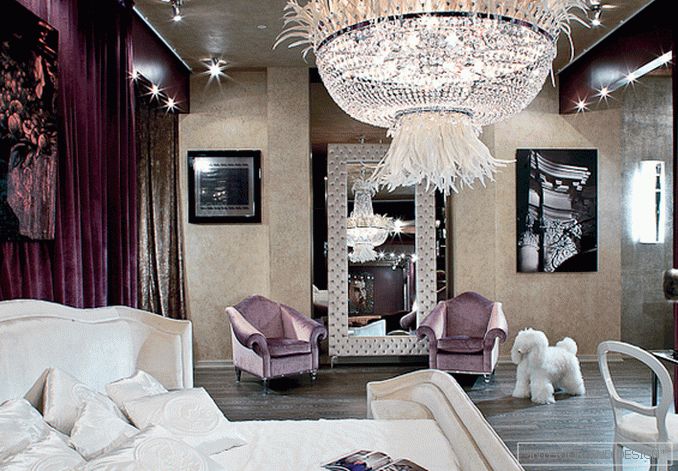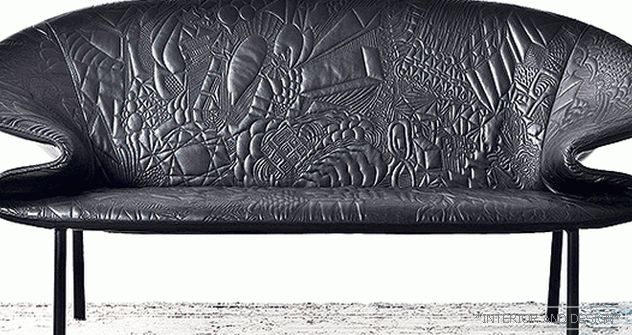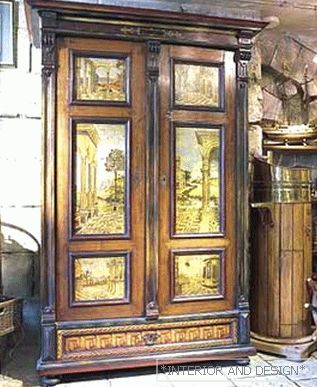Designer, fashion designer and architect, Makio Hasuike talks about his projects
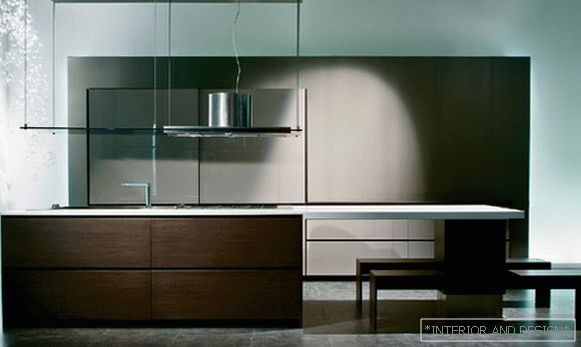
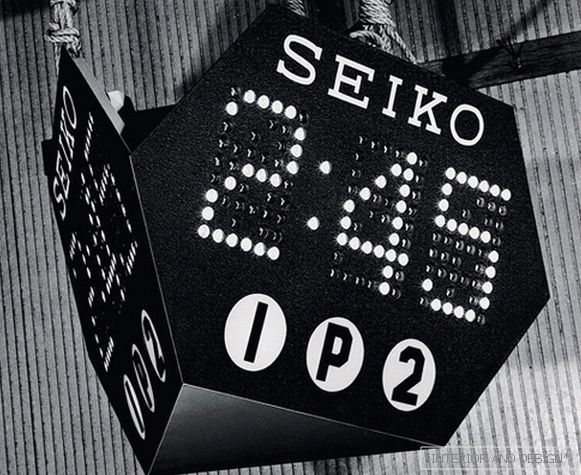
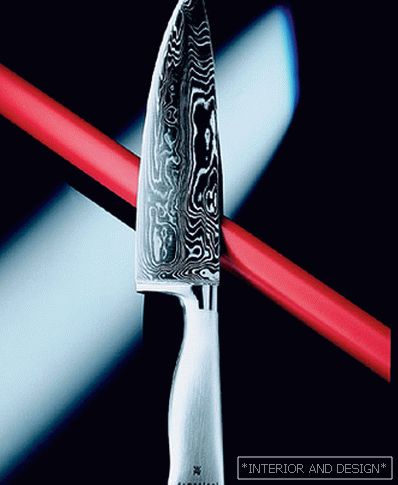
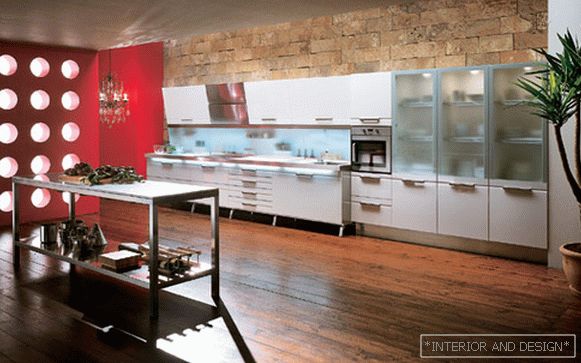
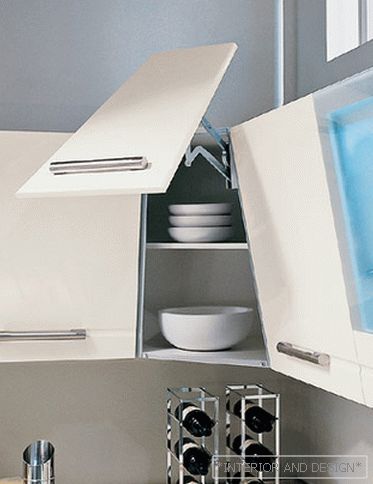
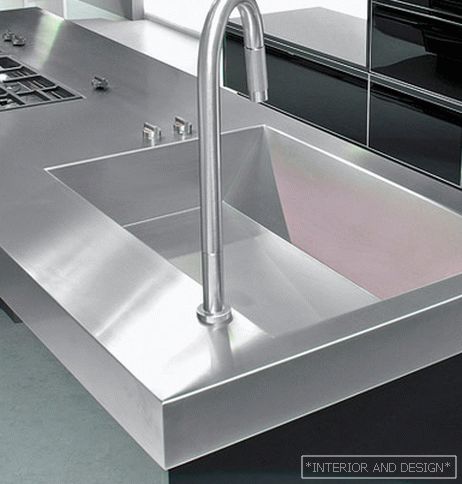
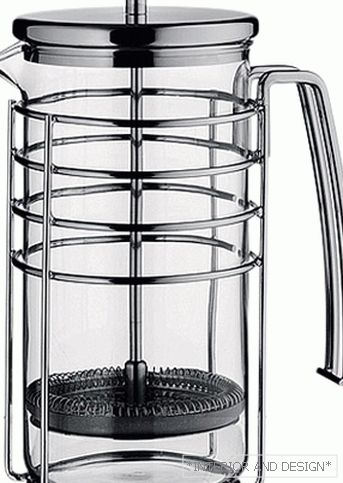
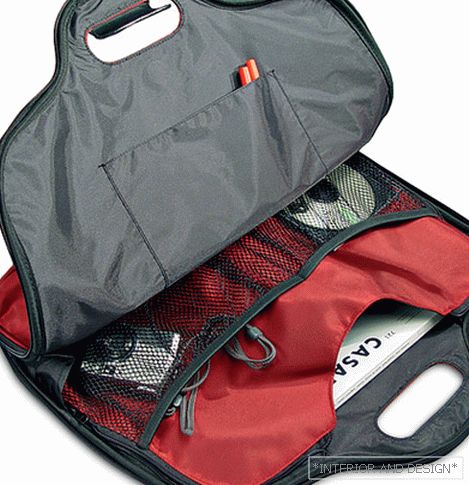
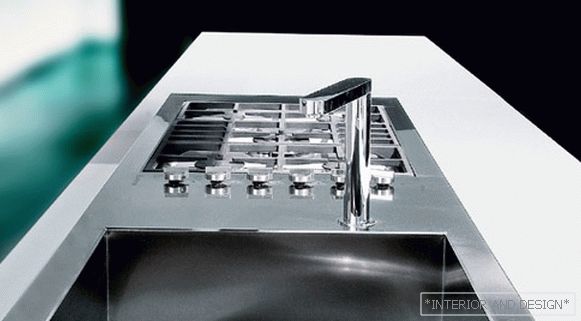
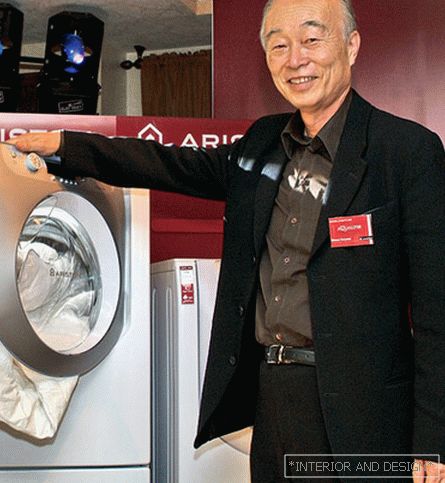 Passing the gallery
Passing the gallery Interview prepared: Nikolay Fedyanin
Magazine: H (109) 2006
SALON: Mr. Hasuike, who do you consider yourself to be first and foremost a designer, an architect or a fashion designer?
- It's a difficult question. I began to make bags almost by accident. Probably the reason was that I looked at the world a bit from the outside. In the early 80s, I suddenly noticed that in Milan women walk with exactly the same black backpacks. And I wanted to offer them things that would be simpler, lighter and more functional, but at the same time more stylish.
S: Your designer career began with the fact that in 1964, for the Tokyo Olympics, you designed for
- I like simple and comfortable watches that do not attract undue attention. In addition, looking at them, you should immediately see what time it is. And they should be very light. In a word, like these. (Hasuike picks up the sleeve of his jacket and shows a small plastic watch with a black dial, white numbers and red arrows.)
S: It's hard for you to switch from one project to another, because they are so different: bags, kitchens, household appliances?
- Not at all. The essence of the designer’s work is to observe people and offer what they need. For example, when I designed the Aqualtis washing machine for
S: You designed the Dinamica model in 2002. Do you consider it still relevant today, when many designers make kitchens with shelves instead of hanging cabinets?
- Maybe now this idea is not very relevant. This year at the furniture exhibition in Milan, I showed a completely different kitchen. It is called Monos, and it is based on the idea of solidity. The key to this kitchen is the island, which looks like a single unit. But in reality, a table is being pushed out of it, so this monolithic block suddenly becomes a place for cooking.
S: Can you imagine the kitchen of the future?
- Yes and no. The kitchen is increasingly becoming the living room. Designers try to hide household appliances, get rid of hanging cabinets, hide taps, so that the kitchen looks like a living room. But, in my opinion, this is extreme. For all the same, the kitchen is the place where we prepare food. It seems to me that in a few years, designers will again emphasize this particular function of the kitchen.
S: You designed not only kitchens, but also kitchen knives. We know that for Japanese design this is a very important topic. When did you design knives for
- I was thinking about the traditions of the yakuza. Guilty mafia decided to cut off a finger. Do you know which one? Little finger! We believe that this finger is not important, but in fact, a man without a little finger can grip a knife. So when I designed knives for

